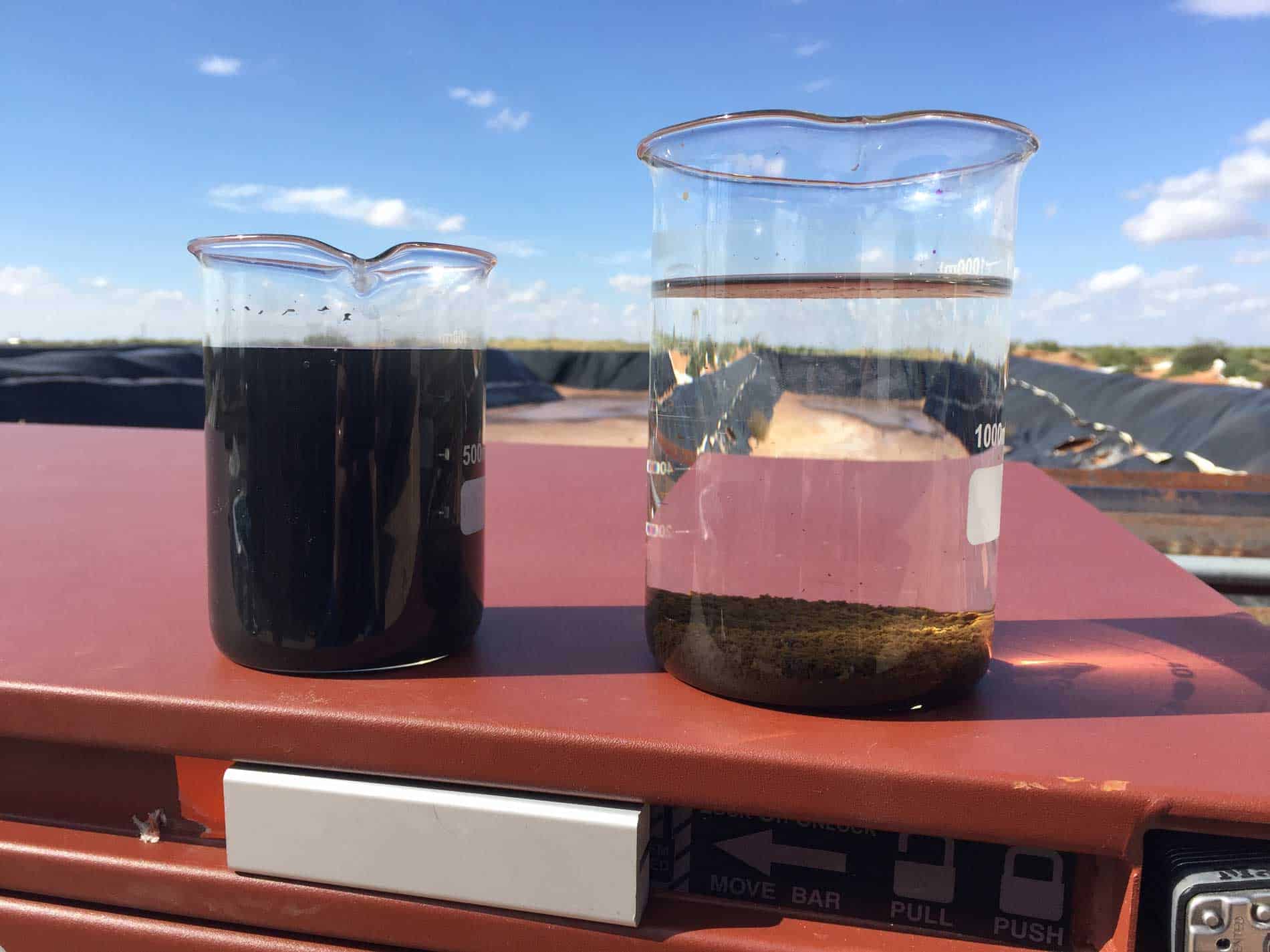API RP 45 Bactericide Testing in Produced Water
The American Petroleum Institute Recommended Practice (API RP) 45 outlines the procedures for evaluating bactericides used to control microbial growth in produced water. This testing is critical in oil and gas operations where produced water, a byproduct of extraction processes, must be treated to prevent microbiological contamination that can lead to pipeline corrosion or operational inefficiencies.
The primary objective of API RP 45 Bactericide Testing is to ensure the effectiveness of bactericides in reducing microbial populations in produced water. This ensures compliance with industry standards and helps maintain optimal conditions for downstream processes such as transportation, storage, and reuse.
Produced water contains various organic compounds, metals, salts, and hydrocarbons. These components can support the growth of microorganisms, leading to biofilm formation on pipelines and other equipment. Microbiologically Influenced Corrosion (MIC) is a significant concern in oil and gas operations due to its potential for substantial financial losses from premature pipeline failure.
The testing procedure involves inoculating produced water with specific bacteria known to thrive in such environments, applying various concentrations of bactericides, and monitoring the reduction in bacterial populations over time. This process helps determine the optimal concentration required to achieve effective microbial control without causing adverse effects on other system components or the environment.
API RP 45 specifies detailed procedures for specimen preparation, including dilution factors, incubation conditions, and measurement techniques. Compliance with these guidelines ensures accurate results and consistent quality across different laboratories.
| Step | Description |
|---|---|
| Inoculation | Add known quantities of bacteria to the produced water sample. |
| Treatment | Apply various concentrations of bactericide solutions. |
| Incubation | Cultivate samples under controlled conditions for a specified duration. |
| Enumeration | Count surviving bacteria post-treatment using appropriate microbiological methods. |
| Data Analysis | Analyze the reduction in bacterial counts to determine bactericide efficacy. |
The testing protocol is designed to be rigorous and reproducible, ensuring that results can be relied upon for regulatory compliance and operational decision-making. The API RP 45 Bactericide Testing also helps identify potential issues early on, allowing operators to implement corrective measures promptly.
Quality managers, compliance officers, R&D engineers, and procurement professionals benefit significantly from this testing. It provides data necessary for selecting the most effective bactericides, optimizing treatment processes, and ensuring regulatory adherence.
Benefits
- Evaluates the effectiveness of bactericides in reducing microbial growth.
- Ensures compliance with industry standards like API RP 45.
- Aids in preventing microbiologically influenced corrosion (MIC).
- Supports optimal conditions for produced water transportation and storage.
- Provides data for selecting appropriate treatment methods.
- Facilitates early identification of potential operational issues.
Industry Applications
| Application Area | Description |
|---|---|
| Pipeline Integrity | Ensures the integrity and longevity of pipelines by controlling microbial growth. |
| Water Treatment Plants | Supports efficient water treatment processes in onshore and offshore operations. |
| Reuse of Produced Water | Promotes sustainable practices by enabling the reuse of produced water for various purposes. |
| Environmental Compliance | Aids in meeting environmental regulations related to produced water management. |
Why Choose This Test?
The API RP 45 Bactericide Testing offers several advantages over other testing methods. Its rigorous standards ensure accurate and reliable results, which are essential for making informed decisions in the oil and gas industry.
This test is particularly beneficial because it allows operators to monitor the efficacy of bactericides under real-world conditions. By understanding how different concentrations perform, companies can tailor their treatment protocols to achieve optimal results while minimizing costs and environmental impact.
Moreover, compliance with this testing protocol helps ensure that produced water meets regulatory requirements. This not only reduces the risk of legal penalties but also enhances the reputation of the company as a responsible steward of resources.





